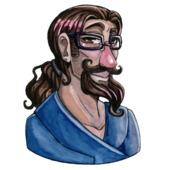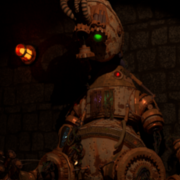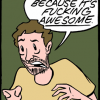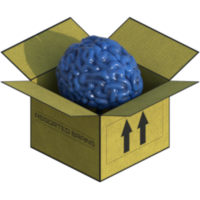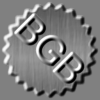Hi I am currently making a fishing game in Java and I wanted to know how I could make a level editor for my game. The game world is divided up into a grid that is used to detect collision. The collision grid basically sorts where the location of each object to make a collision detection more efficient for smaller moving objects.But for solid objects that players can walk on and bump into (like land and sea walls), I plan to make it different where one block of land fills one unit on the grid. The only problem is that I'm not sure how I can place these blocks in a more visual way.
I understand that I could possibly use a text editor and fill the map with 1s and 0s, but I would like the possibility of making a map/level editor. Would it be possible to make an image and let the program interpret that from a file or should I make a level editor in game? Is there any other way to make a level editor?
Any suggestions or help would be appreciated!



